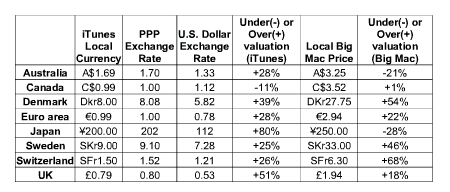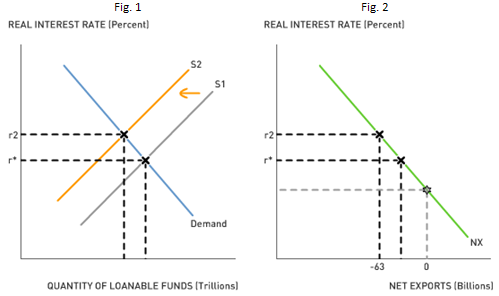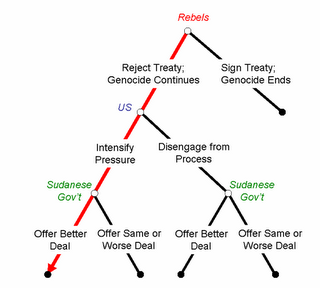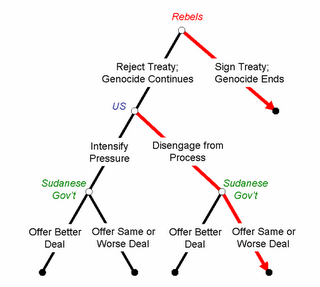Net Neutrality
by Chris Makler The Internet presents a challenge for economic thinkers. Because it's new and changing rapidly, economists struggle to draw substantive conclusions based on data. As a result, they are largely left to argue over which of the economic models designed to describe the "old economy" are most appropriate for examining the "new economy."
The Internet presents a challenge for economic thinkers. Because it's new and changing rapidly, economists struggle to draw substantive conclusions based on data. As a result, they are largely left to argue over which of the economic models designed to describe the "old economy" are most appropriate for examining the "new economy." The economic question stirring the most debate right now has to do with network neutrality, or "net neutrality." (Someone asked a ninja recently about it. Someone also asked Greg Mankiw. The ninja had an answer, and Mankiw didn't.) In a neutral network, internet service providers (ISPs) give equal weight to all websites. Suppose AT&T provides your internet service. AT&T recently merged with SBC, which has a partnership with Yahoo. Under the current neutral network, you can conduct searches with Yahoo or Google, and neither Yahoo nor Google have to pay AT&T for delivering their content to you.
Suppose, though, that AT&T could charge websites for the speed of content delivery. If Google doesn't agree to pay for faster delivery of its search results, videos, and other content, AT&T might make the Yahoo site--a business partner--load up a lot faster than Google. Does it have the right to do so? A bill working its way through Congress would give it that right; this has led to a revolt among Internet users and Internet companies like Google.
The opposing sides of the debate use different economic models to support their respective positions. According to supporters of the legislation, sites offering content that uses lots of bandwidth, like youtube.com, currently use ISP-maintained infrastructure for free, and such sites should have to pay for that bandwidth. Because bandwidth is scarce (or becoming scarce as the Internet becomes more congested), the argument goes, allowing ISPs to charge for it will ensure that bandwidth goes to those who can use it most profitably. For example, Robert Litan of the Brookings Institution, argues that using the Internet to deliver health care to disabled people would amount to nearly $1 trillion of cost savings--but only if doctors can be sure that the data they get is uncorrupted by, say, a video broadcast of "Ask a Ninja." Without a market for broadband, those kinds of cost savings will not be realizable. Similarly, Robert Hahn and Scott Wallsten argue that "mandating net neutrality, like most other forms of price regulation, is poor policy." All of these economists treat broadband access as a private good, subject to the usual laws of supply and demand.
Opponents of the legislation are organized on http://www.savetheinternet.com/. They claim the more appropriate model is that of monopoly or oligopoly: ISPs are so large that they would have market power and charge excessively high prices for broadband in order to maximize their profits. Consequently, the number of websites would dwindle, and the Internet would be a much less varied place. More insidiously, this would have a cascading effect on other Internet innovations: the fact that access to Internet users has been relatively cheap up until this point has allowed a myriad of new Internet startups to take risks by creating or entering new markets.
1. Which economic models that you have studied are most applicable to the market for broadband? Why?
2. Hahn and Wallsten argue that as long as the market for ISPs is competitive, the market for broadband will be as well. They suggest that the better way of fostering competition is to ensure that the market for ISPs is indeed competitive. Is this reasonable?
3. Both sides of the debate argue that their position is better for innovation. What kind of innovations might not occur if net neutrality is maintained? What kinds of innovations might not occur if a market for broadband were to exist? Is there any way of weighing the pros and cons of those kinds of innovations?
Labels: Efficiency, Innovation, Price controls, Technology










